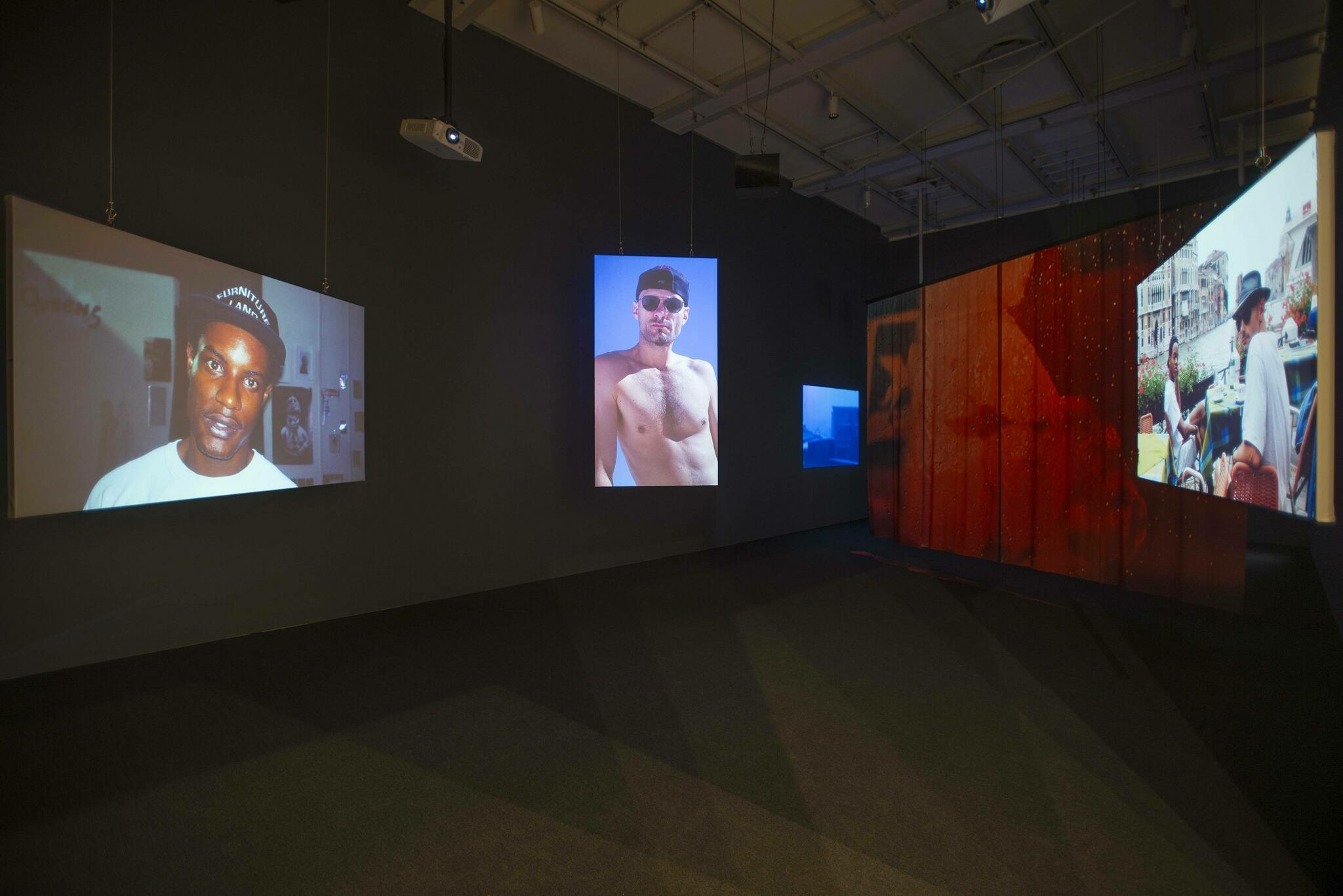Lyle Ashton Harris: I’m Lyle Ashton Harris.
When viewers enter the space, they will encounter a three-screen projection based on the Ektachrome Archive, images that were taken in Ektachrome slide film that date from, let's say, maybe '85 to 2000 but hover around '92.
Narrator: Harris began working with this material a few years ago, after several years working and teaching in Ghana.
Lyle Ashton Harris: I guess the reason that I delved into the archive was—several reasons. One was personal, it was a way of keeping busy during making this transition back from living in Ghana. I think it was a way of reconnecting with the pulse, of the energy of New York. It seems odd, but it seems at that particular period there was much more of a cross fertilization among multiple communities, definitely informing intersectionality about thinking of like the black community or the queer community or art community and the cross fertilization, or the energy that existed in a way. I was struck by how the archive offered a counter narrative to the cultural amnesia that I think has taken place over the last, let's say, two or three decades.
In addition to Ektachrome Archive slides there are over 200 hours of video that I shot that parallel that particular period. In addition to that there's also journals that I'd been keeping for the last few decades.

